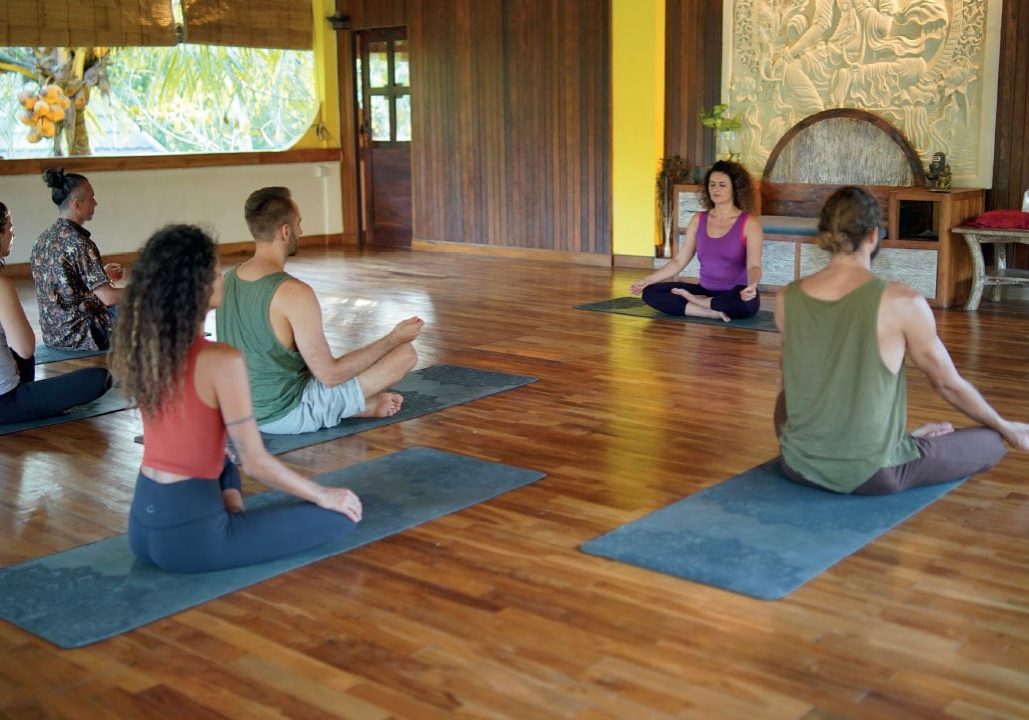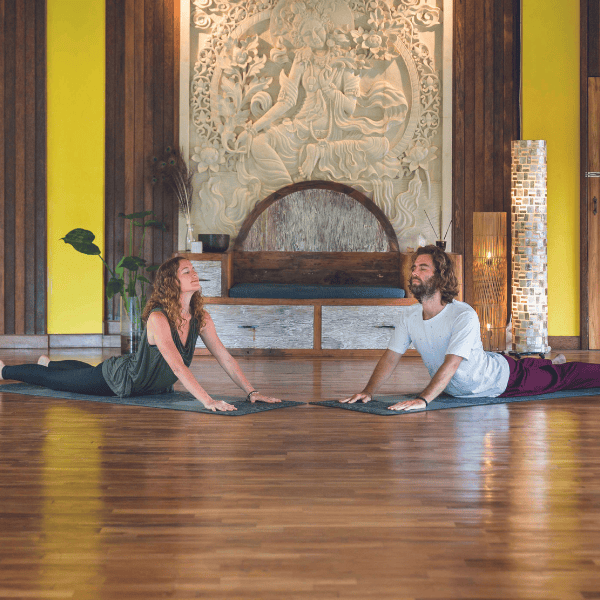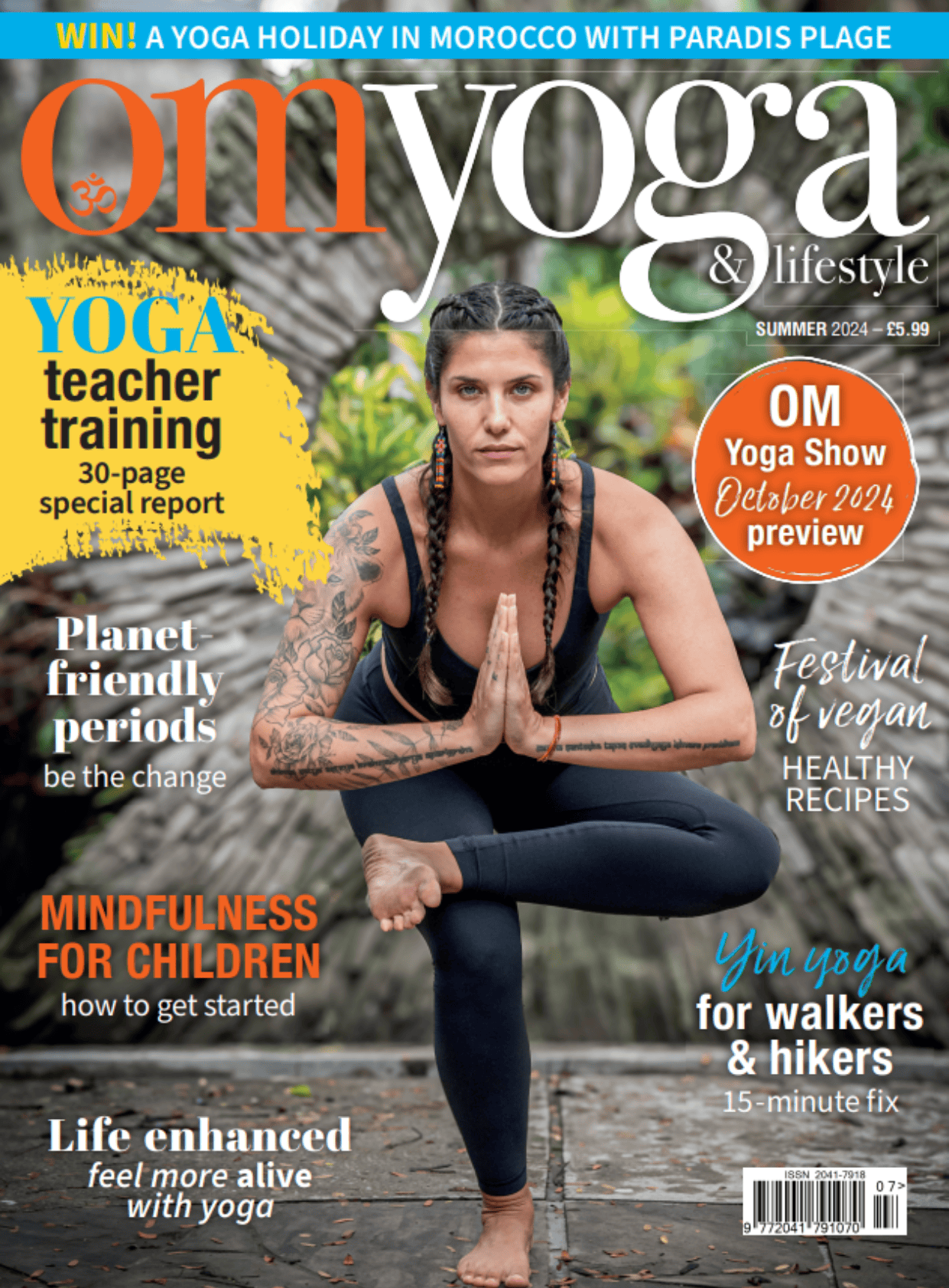
The Right Course for You
Key things to look for when selecting a teacher training course
Reading time: 4 minutes
Choosing the right teacher training course is a decision that can shape your future as a yoga instructor. The ideal course should not only deepen your personal practice but also equip you with the necessary skills to teach others effectively. Here’s a guide to help you find the course that best fits your needs:
What does yoga mean to you?
Besides the logistics of travel and costs, choosing the right course really does depend on you. Your path to being a yoga teacher starts with your own personal relationship with yoga and what it means to you. We have all encountered yoga in many different ways and this impacts our definition of the practice.
It can be a spiritual path rooted in deep philosophy or it can be bodily exercise that concentrates on myofascial release. Therefore, the very first step is to see how yoga has helped you and if that is the aspect you would like to share with others.
Spiritual or physical?
There are two broad categories of yoga. The physical aspects include the asana or posture style, such as a focus on inversions, on joints or on endurance. There are many schools and traditions that emphasise alignment and maintaining correct posture during practice. Physical yoga traditions should complement a school of health you are interested in, like the Indian Ayurveda system, or the Chinese Meridian system or even Western medicine.
Of course, all schools of yoga include the physical postures, however, the spiritually-inclined schools will be more adept in discussing the teachings and esoteric practices of yoga. At Samyama, for example, there are lessons on the Chakra system, on Kundalini and plenty of mindfulness practices. Spiritual schools tend to focus more on how to create your own private regulated practice or sadhana, which encourages good habits and meditative chanting.
Accreditation and curriculum
Ensure that the yoga school is accredited by a recognised yoga organisation like Yoga Alliance. Accreditation is crucial as it ensures the programme meets high educational standards and is recognised internationally.
This is especially important if you plan to teach yoga professionally. Also, pay attention to the curriculum of the course. A well[1]rounded yoga teacher training should cover various aspects such as anatomy, physiology, yoga philosophy, ethics and teaching methodology. Ensure the course provides ample practical teaching experience, which is vital for building confidence and competence.

Instructor expertise
The quality of instruction can significantly affect your learning experience. Research the lead instructors’ backgrounds, their experience in yoga practice and teaching, and their areas of expertise. At Samyama, there are various instructors coming together to teach the YTT, all from different backgrounds and lineages to strengthen the study experience.
Choosing a course with experienced and well-respected instructors can provide you with a wealth of knowledge and mentorship opportunities. Be sure to select a course from a school that focuses on individual mentorship and additional support. Plenty of graduates from Samyama return to take additional retreats from the same instructors for further guidance and reflection.
Some schools have visiting or freelance instructors that come and go. It is best to select a well-established centre that has a set faculty to ensure continued support.
Reviews and testimonials
Gathering insights from past students can provide an inside look at the programme’s strengths and weaknesses. Look for reviews on the school’s website, social media pages or independent yoga forums. Pay attention to comments about the instructors, the environment, and the personal transformations students experienced.
Ubud, in Bali, is a great place for yoga, with plenty of restaurants, studios and a global community. The social environment is important to consider as you want a space that is conducive for your journey.
Costs and inclusions
Compare the costs of different courses, but also consider what each programme includes, such as materials, accommodation, meals and additional workshops. Some might seem more expensive upfront but offer more comprehensive services, which can be valuable.
Samyama, and other notable schools, also provides meals for its students. This is a great advantage as your diet is more regulated, and you don’t have to think about what and where to eat.
Visit or contact the school
If possible, visit the school or attend a class to get a feel for the environment and teaching style. If you can’t visit in person, consider contacting the administration or instructors to discuss the course. This can provide clarity and help gauge how supportive and responsive they are. Samyama offers a call with its instructors, where you can get a feel for the course before you commit to it.
Choosing the right course for you is a personal journey that depends largely on your goals, preferences and the kind of learning environment you thrive in. Taking the time to thoroughly research and reflect on your options will lead you to a programme that not only meets your educational needs, but also inspires and transforms you on a deeper level.
Find out more at: samyama.com


